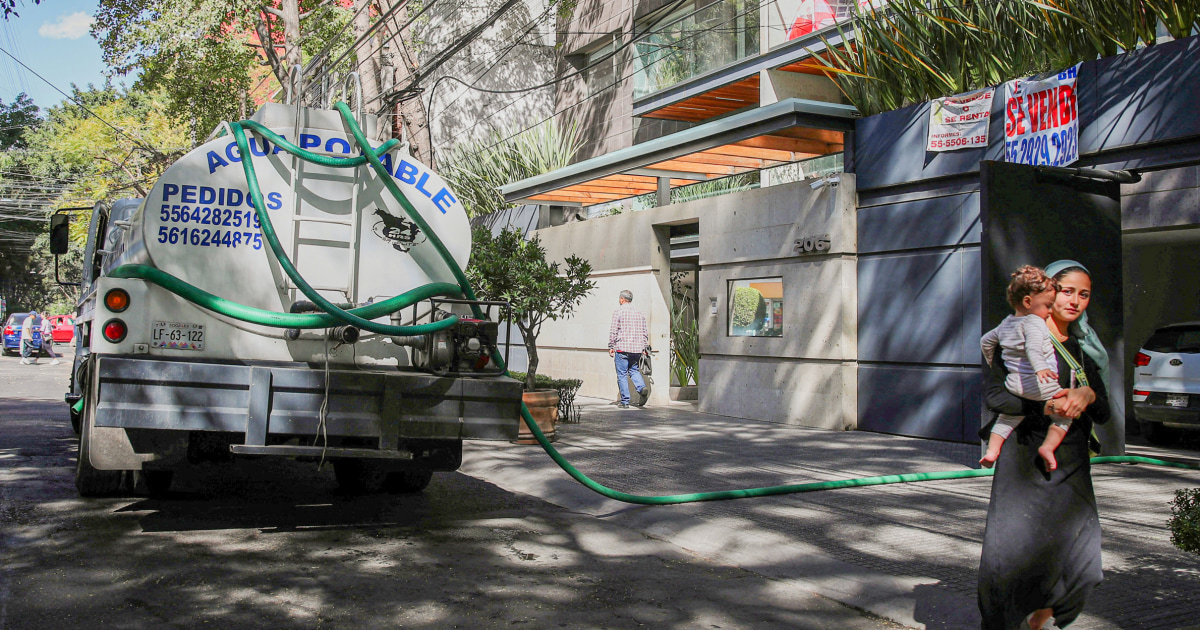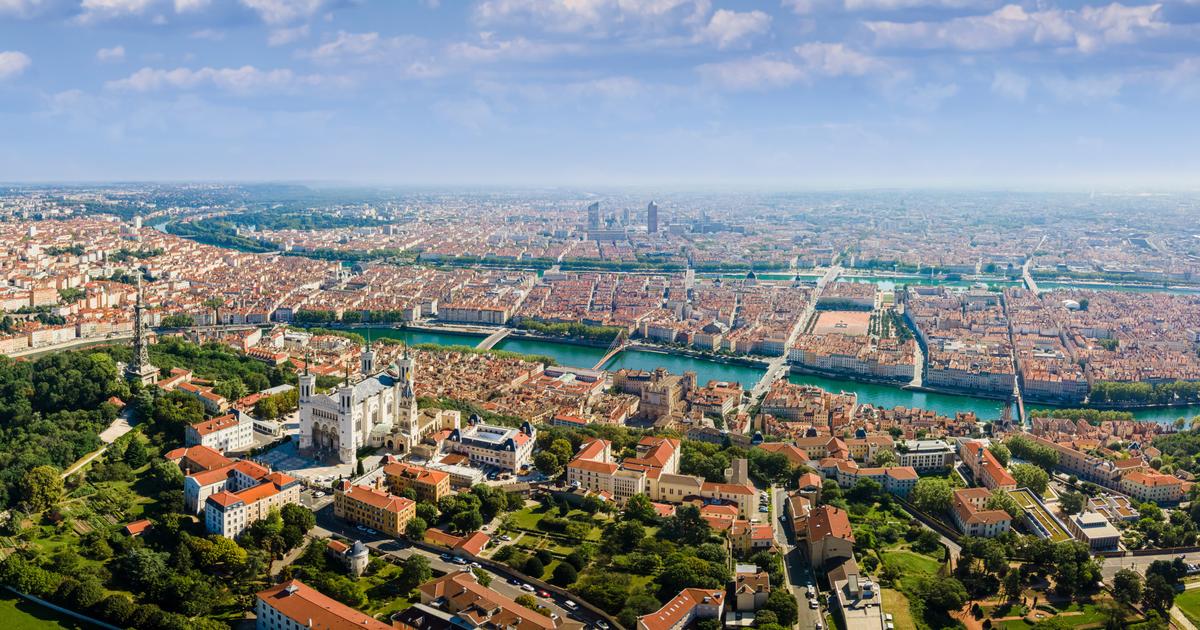Mexico: History, Politics, Population and Geography
Created: 04/22/2022, 10:20 am
Palacio de Bellas Artes, Mexico City © Lucas Vallecillos / IMAGO
Mexico is located south of the USA and forms the bridge to Central America.
The country, which lies between the Pacific and the Atlantic, has fantastically beautiful beaches, several cities with over a million inhabitants and important ancient ruins.
Mexico became an independent republic in 1821.
The country is the fourth largest auto exporter in the world.
Even today, many ancient ruins bear witness to the cultural diversity of the country.
Mexico City – With an area of 1,972,550 square kilometers, Mexico is the fifth largest country in the Americas.
The country looks back on a varied and diverse cultural history - from the advanced cultures of the Maya to the Aztecs.
Although the federal republic is based on today's democratic principles, corruption and lack of security are still a major problem in Mexico's politics.
Mexico: Early cultures from the Maya to the Aztecs
The first human settlement in the country dates back 20,000 years.
The first advanced civilizations arose around 1500 BC.
While the Olmec settled on the Gulf Coast, the Maya settled on the Yucatán Peninsula.
In the centuries that followed, the Zapotec (around 500 BC) and later the Toltec (around 10th to 12th century AD) emerged.
These peoples still belong to the Mesoamerican cultures.
The Aztecs ruled here from the 14th to the 16th century.
They also show similarities to the previous cultures in that they built pyramids, ate corn and played ritual ball games.
Their capital, Tenochtitlan, later became the country's capital: Mexico City.
They subdued other peoples and even offered human sacrifices to the gods.
Mexico: Conquest by Spain
When the Spanish conquered the country after Christopher Columbus discovered America, the Aztec culture led by King Montezuma II was completely destroyed by the Spanish conqueror Hernán Cortés from 1519 to 1521.
The former Aztec empire became a Spanish colony as the Viceroyalty of New Spain.
The Spaniards not only established their own culture and religion, but built their own palaces and churches on the rubble of Aztec ruins.
The Mexican War of Independence raged from 1810 to 1821 and ended in the Treaty of Cordoba.
The Spaniards finally withdrew, but were generously compensated, so that Mexico, which had become independent, was economically devastated.
After attempting to establish an empire, Mexico eventually became a republic (1824-1864).
When Texas was annexed by the USA in 1845, the Mexican-American War (1846-1848) broke out, during which Mexico had to cede some areas to the USA.
The increasing debt crisis made it easy for France, the United Kingdom and Spain to reoccupy the country in 1861/62.
With the help of the USA, however, the French occupying power could be pushed out again.
After the Second Republic came into being under Benito Juárez (1867-1872), his successor Porfirio Diáz led the country into a dictatorship.
Mexico in the 20th century
In the Mexican Revolution of 1910-1929, the "Porfiriate" finally came to an end.
However, the revolutionaries themselves were at odds and there were repeated unrests in the country.
Eventually, the PRI (Party of the Industrial Revolution) emerged, which was the dominant party in the country until 2000.
The country's economy grew rapidly until 1970, which is also known as the "Mexican miracle".
Only when Vicente Fox Quesada was elected President of the PAN in 2000 did the PRI's 70-year rule come to an end.
Under Quesada's successor, Felipe Calderón (2006 to 2012), the state primarily took up the fight against the high level of drug-related crime, which is also known as the drug war.
This not only meant the fight of the police against the drug dealers, but also the war that the individual drug cartels waged against each other.
Mexico: The Political System
Mexico is a presidential federal republic based on electoral democracy, but whose democratic institutions are hampered by corruption and the state's poor security situation.
The federal republic consists of 31 member states and the capital Mexico City, each of which is governed by governors.
The Mexican Congress, also known as the "Congress of the Union", consists of two chambers: the Senate (consisting of 128 senators) and the Chamber of Deputies (consisting of 500 members).
It forms the legislature of the state.
The President is the head of the federal government and at the same time the supreme representative of the state.
He is directly elected by the people for a single term.
This is six years.
Re-election is prohibited by the constitution.
Mexico: facts at a glance
Capital: Mexico City
Official language: Spanish, since 2003 62 indigenous languages in Mexico are recognized as “national languages”.
Area: 1,972,550 square kilometers
Population: 128.9 million (as of 2020)
Currency: Mexican Peso (MXN)
Administrative divisions: 31 states and capital Mexico City
Religion: Roman Catholic (82.7%)
Mexico: Languages and Population
With a population of almost 129 million, Mexico ranks 10th in the world and is also the most populous Spanish-speaking country.
60 percent of the inhabitants are mestizos.
These are descendants from the connection of whites (mainly Spaniards) with the Indian natives.
10 percent belong to the Native American population and have no European ancestors.
In addition, there is a small percentage of African roots that come from the times of the slaves imported by the Spaniards.
Spanish has established itself as the official language in Mexico, although this is not stipulated by law.
62 other indigenous languages are now recognized as official national languages.
According to a census from 2020, it was determined that 6.3 percent of the population still speak indigenous languages.
Most of them live in southern Mexico.
Mexico: Geography and Cities
About 88 percent of Mexico's land area is assigned to the North American continent.
The southern part is counted towards the land bridge of Central America.
The country borders the United States of America to the north, the Pacific Ocean to the south and west, Guatemala, Belize and the Caribbean Sea to the southeast, and the Gulf of Mexico to the east.
The country itself is the 13th largest in the world and is in turn divided into four time zones.
The center of the country consists largely of highlands.
To the west is the Sierra Madre Occidental and to the east is the Sierra Madre Oriental.
The Yucatán Peninsula, on the other hand, is very flat.
The capital, Mexico City, is at an altitude of about 2,310 meters above sea level.
The metropolis of millions is known for its chaotic traffic.
This is partly due to the fact that almost all streets within cities are one-way streets.
The largest cities in Mexico at a glance
1
Mexico City: 8,843,706 inhabitants, Mexico City region
2
Tijuana: Population 1,810,645, Baja California region
3
Ecatepec de Morelos: 1,643,623 inhabitants, México region
4
León: 1,579,803 inhabitants, Guanajuato region
5
Puebla: 1,542,232 inhabitants, Puebla region
6
Ciudad Juárez: 1,501,551 inhabitants, Chihuahua region
7
Guadalajara: 1,385,621 inhabitants, Jalisco region
8
Zapopan: 1,257,547 inhabitants, Jalisco region
9
Monterrey: 1,142,952 inhabitants, Nuevo León region
10
Nezahualcóyotl: 1,072,676 inhabitants, México region
Mexico: Interesting facts about the country
Mexico is one of the economically most industrialized countries in Latin America.
German companies such as Volkswagen have also set up their sites here and ensured that Mexico has become a strong export country.
Especially in the north of the country there are many so-called "maquila" companies.
In these, individual parts are assembled into finished goods.
In addition to cars, clothes are also made in these maquila factories.
The country's cuisine is colourful, varied and, above all, hot.
The chili peppers can be found in almost every dish - whether enchiladas, tostada, burritos, fajitas or quesadillas.
Especially the salsas are popular and widespread.
Mexicans themselves love tacos, and tequila is the country's national drink.
However, around 33 percent of the Mexican population also suffer from obesity.


/cloudfront-eu-central-1.images.arcpublishing.com/prisa/WT5BBUFX4FCD5HOYEGBOT2NYFY.jpg)



